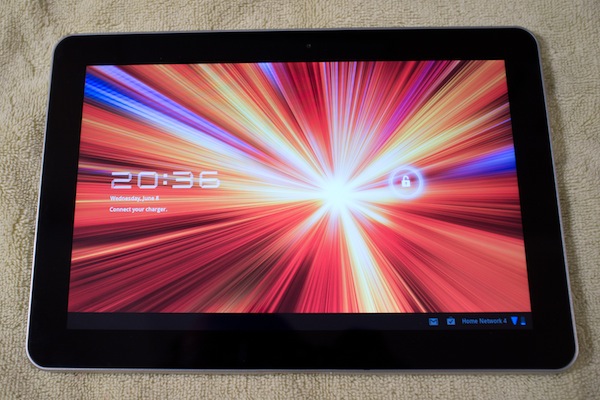
The first true Honeycomb tablet went on sale yesterday -- preorders for most folks and actual hardware for people lucky enough to be in New York and close to the
Best Buy Union Square. I got the 16GB Galaxy Tab 10.1 WiFi late Tuesday afternoon, from Samsung for review. I highly anticipated the Tab 10.1, simply because it's not iPad, it packs Android 3.1 "Honeycomb" and has impressive hardware specs.
A Matter of Dimensions
First impressions are everything with any new product. What's it like coming out of the box? Bad first impressions and the negative buzz that followed it doomed Windows Vista. People waited too long for the OS to boot up and then they were assaulted by seemingly endless popups whenever installing software or going on the Web. Vista wasn't a bad operating system, it just had a bad rap. First impression was major reason.
Galaxy Tab 10.1 failed to impress me out of the box. I don't like the dimensions. I find the Tab to be too long and too narrow. It's more rectangular than iPad 2. But I'm not making a comparison to iPad 2 here. This is about Tab 10.1, which feels top-heavy to me, even when held in both hands. It's 10.1-inches length-wise (wide when held horizontally). That also makes the tablet feel overly wide in landscape mode. I haven't handled the Motorola XOOM, but based on the specs, it's narrower than iPad 2 but about as long (wide), so the rectangular shape isn't as severe as Galaxy Tab 10.1.
This size thing is subjective, and perhaps other users won't mind. But it bugs me. I haven't done the math, but it's possible the dimensions are meant to more align with the 7-inch Galaxy Tab and/or Android smartphones, which conceptually would benefit apps running on the larger screen. It's about how they scale.
Dimensions aside, I like how the Galaxy Tab 10.1
feels compared to iPad 2. Tab 10.1's plastic back feels smoother and warmer to touch than iPad 2. Weight is about the same, but the Galaxy Tab 10.1 is lighter when Apple's tablet is outfitted with the Smart Cover, which increases the cold, metallic feeling compared to Tab 10.1's smoothness. I may adjust to the dimensions -- this is after all a first impressions review.
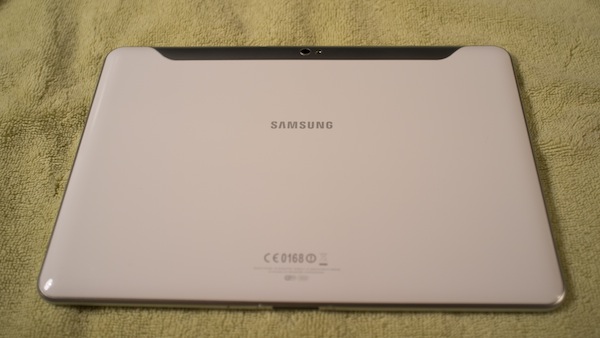 Plenty Fast Enough
Plenty Fast Enough
Setup delivers a great first impression, and it will be familiar to anyone using Android -- although more visually pleasing. The device powered up as soon as I removed the clear protective plastic sheath, which surprised me (perhaps I hit a button). The Tab 10.1 then prompted to connect to a WiFi network, followed by inputting date and time; unexpected. Why not automatically set date and time when logging into the Google account? That setup followed. Since I have a Google account, it was easy -- and sign-in triggered the sync process, which restored apps and personal data stored in the Google cloud.
That brought me to my first impression of the Galaxy Tab 10.1 touchscreen (which is bright, pleasing and responsive) and of Honeycomb. I expected more from the 1280 by 800 screen resolution than I got, particularly compared to iPad 2's lower 1024 by 768 display. Within the basic user interface, the resolution pleased -- but not as much when working with the web browser (more on that). By the way, I find Android's font rendering to be more pleasing than that of iOS.
Navigating Honeycomb is surprisingly intuitive. There are four navigation areas, all smartly placed at each corner. Three icons in the lower left-hand corner provide main navigation. There is, moving left to right: back arrow; up arrow (for returning to the home screen); and two rectangular boxes (for popping up boxes of places/apps you've recently been). The lower-right hand corner displays, moving left to right: notifications (which Android phone owners know well, just not in this location); time; WiFi signal; and battery indicator.
In the upper right hand corner, moving right to left, there is a + symbol and "Apps." The symbol opens a split screen of the five home screens and collection of widgets or app shortcuts that can easily be placed among them. The "Apps" obviously opens the applications page. In the upper-left corner, moving right to left, are icons for accessing voice and Google device search (by text input).
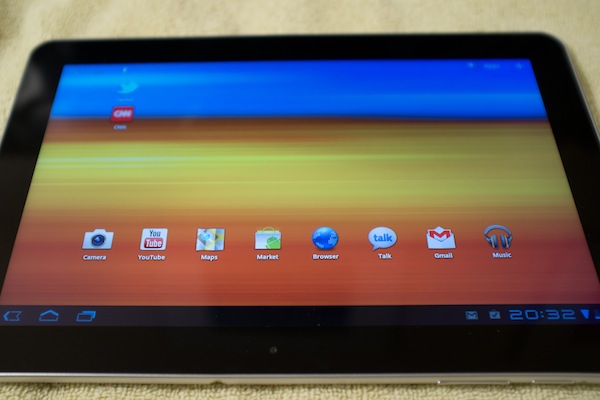
Galaxy Tab 10.1 feels fast, more than does iPad 2. But it responds differently, with more fluidity and movement that may be as much about how the user interface behaves than the hardware driving it. Regardless, it makes a helluva good first impression. By the way, app installation is so freakin fast I got motion sickness. App installation on iOS 4.3 is like grandma driving 20 mph in the fast lane compared to Android 3.1 on Tab 10.1. Every Android app I tried, downloaded and installed in seconds.
By the way, to my surprise, all the dozen apps I tested scaled wonderfully. On iPad, iPhone apps don't scale at all. They generally appear the same size they would on the phone. But on Honeycomb, the apps filled the screen and they looked comfortably good, even though the majority were designed for Android smartphones. Now there's a great first impression.
I found myself wanting to explore and play with Tab 10.1 more than either the first- or second-generation iPads out of the box. Also, Honeycomb's overall look and feel is pleasing, much more than iPad 2. Interestingly, there is much about Honeycomb's use of black, grey and blue that reminds of Apple's forthcoming iOS 5.
Apple borrows from Android, again.
Better Browsing but Flawed
After exploring the basic capabilities from the home screen, I moved to the most-important app -- the web browser. The overall first impression was mixed at best. Functionally, the Honeycomb browser is a real star. Its appearance is dark and murky -- quite appealing -- better for framing content than the drab grey typical of PC browsers. There is tabbed browsing, too. Real tabs -- unlike iOS on iPad, where users switch to another screen with open tabs laid out on a page. On Honeycomb, opening new tabs works just like in PC browsers.
The browser supports Chrome sync, which I set up with a couple taps of the screen -- and that imported my bookmarks in seconds. Whoa. Bookmarks appear as blue folders against a black background, with the content within laid out as thumbnails of the sites. The motif is more pleasing than the clunky text bookmark list common among PC browsers. It gives a very good first impression.
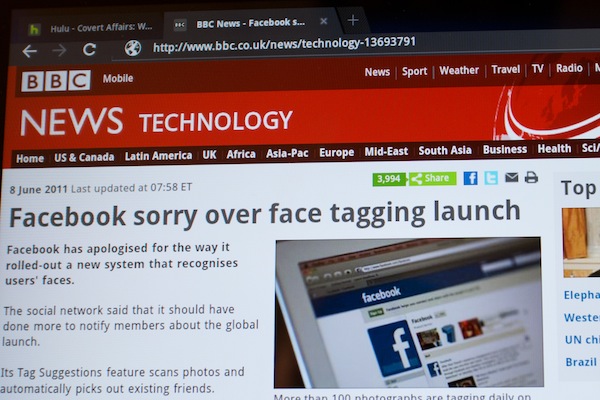
The browser is very fast and responsive -- that's the good. The bad: I found the vertical view to be too narrow and cramped, while horizontally the fonts were ginormous. Font size can be changed in settings from "normal," which makes browsing in landscape view acceptable but squinty the portrait way. Another problem, and one that gives a really bad first impression: Many popular websites, such as the
New York Times, bring up their mobile sites. What the hell? Related: Some mobile sites, including the one for my Tumblr, site are many times
bigger than ginormous. They're oversized for the legally blind, which I am without my glasses. I could read the sites fine, and that's not good. Of course, the rendering problem could be fixed with a software update that clearly identifies Honeycomb's browser as something other than mobile.
For this first-impressions review, I won't cover everything. But I would be remiss to ignore Adobe Flash. Samsung is making a big deal in its marketing material about Galaxy Tab 10.1 delivering the real web, because of Flash. So I was surprised when going to Hulu that Flash wasn't installed on the tablet. Hulu redirected to the Android Market, where I downloaded and installed Flash.
I was ready to watch Hulu on Android device for the first time. Finally. It was a thrilling moment that ended suddenly with this message: "Unfortunately, this video is not available on your platform, we apologize for any inconvenience." WTH? There is no Hulu app for Android, but it is available for iOS. No Hulu for me, or for you. How's that for a lousy first impression?
Yes, but what about another site? I hopped over to Syfy, which delivered the mobile site. Argh. I could watch Flash video but only in a small size window -- no full screen like a PC web browser. Uh-oh, get this: The video continually froze! Small size, and still it froze. Now there's another lousy first impression. Is Flash really that bad on a zippy Honeycomb tablet like Galaxy Tab 10.1? That's a question for the second impression review.
 In contrast, Windows Phone 7 accounted for 9% of support calls, Apple's iPhone for 8%, while RIM's BlackBerry weighed in at an impressive 3.7%.
In contrast, Windows Phone 7 accounted for 9% of support calls, Apple's iPhone for 8%, while RIM's BlackBerry weighed in at an impressive 3.7%. 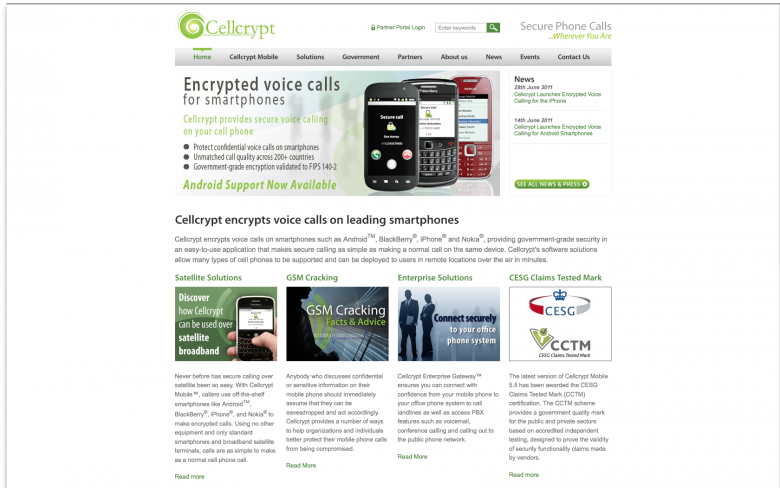
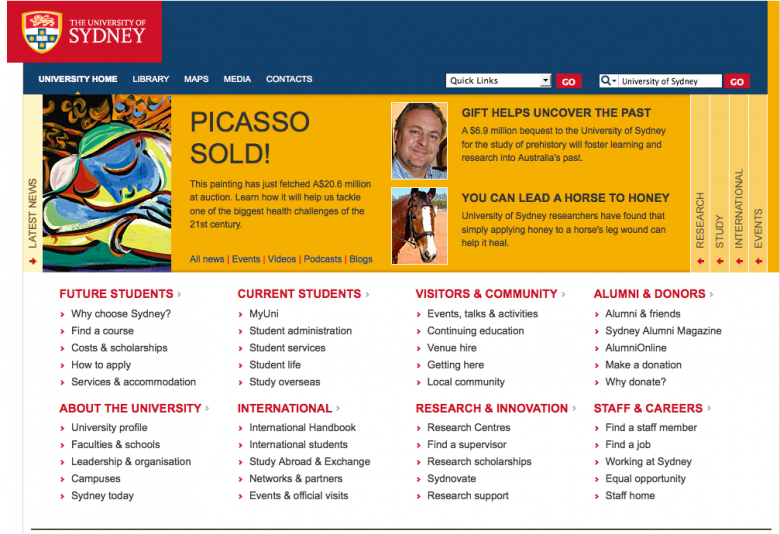






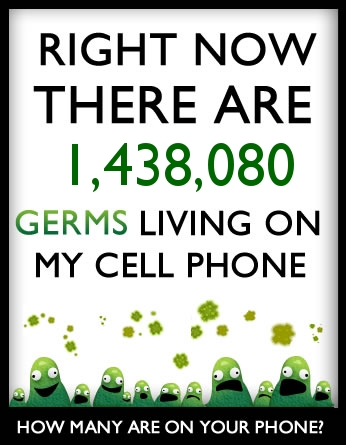



















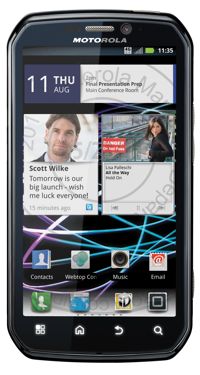
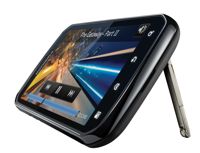

 As noted above, the Photon boasts dual cameras: an 8 megapixel, dual-LED flash camera with front-facing webcam to store photos and videos directly on the device, and a VGA front-facing camera for video chat.
As noted above, the Photon boasts dual cameras: an 8 megapixel, dual-LED flash camera with front-facing webcam to store photos and videos directly on the device, and a VGA front-facing camera for video chat. 














